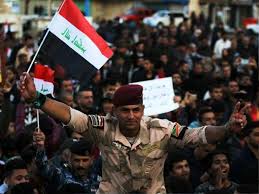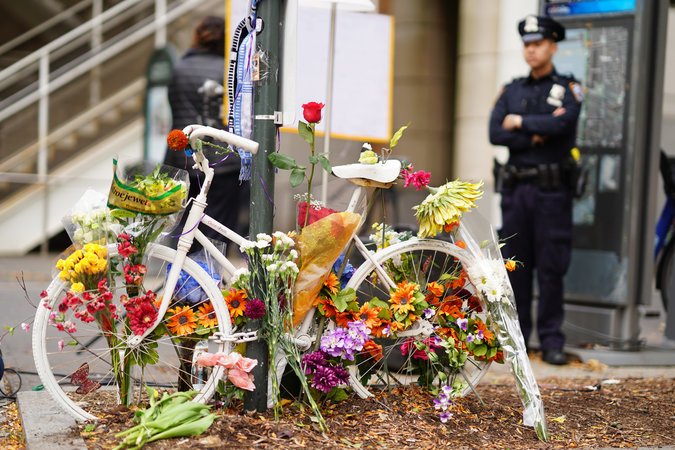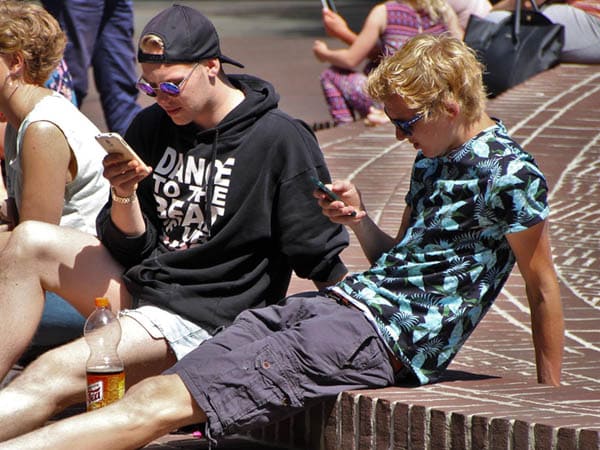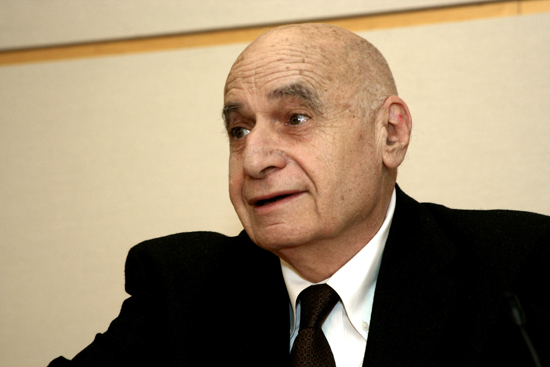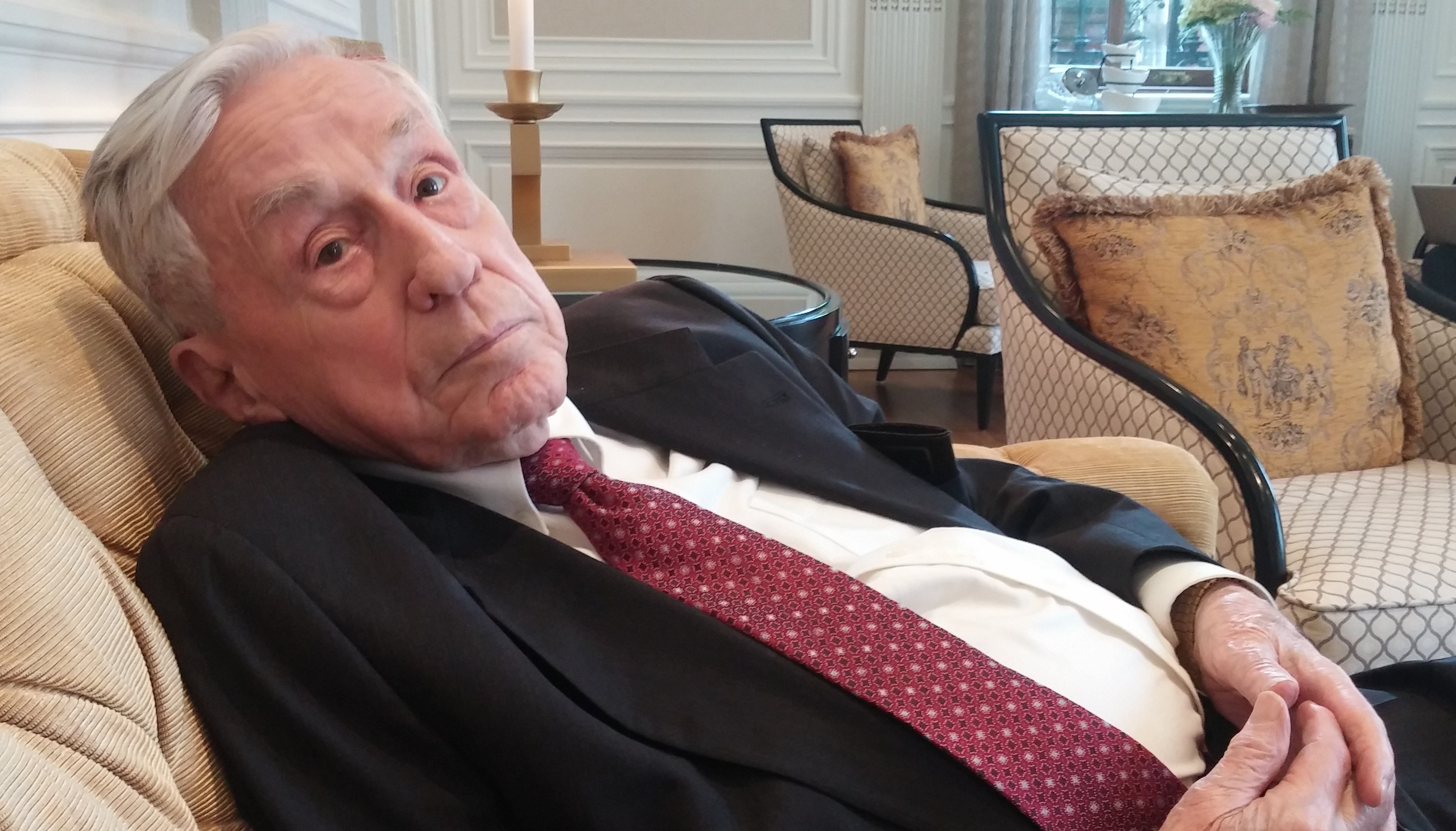Marawi, Mindanao, May 4, 2018. Photo by the author.
Revised on July 27, 2018, to reflect the signing of the peace agreement. The updated version was posted on the Indian webmagazine, The Wire.
“There’s nothing left,” a former resident of Marawi told me, showing videos of what was left of his family home that he had taken several days earlier on his cell phone. He was right—there was only a pile of brick and stone rubble where once a multi-story had proudly stood.
“My mother built that home with her sweat and toil,” he said sadly. She had worked for years as a domestic housekeeper in Saudi Arabia, carefully sending the earnings back to her family in the Philippines. Part of the money was for their college education. The rest was for the house in Marawi.
Finally after forty years of domestic labor abroad, she returned to Marawi several years ago. Her plan was to spend her retirement years with her extended family in the house that she had lovingly built with her remittance funds over all those years. It had a stone façade and metal grillwork, her son told me. And it was located directly across from the main mosque in the center of the city.
That turned out to be its undoing. On May 23, 2017, a group of Muslim separatist rebels who had affiliated with the Islamic State of Iraq and Syria (ISIS) barricaded themselves inside the mosque. Soon after they infiltrated throughout the inner city, making it virtually impossible for the Philippines army to quickly isolate and destroy them.
His mother, along with most of the residents of the city, fled as reinforcements came from both sides, and the roads were packed with terrified fleeing residents. The pitched battle between the militants and the Philippines armed forces went on for over five months. Heavy casualties were inflicted on both sides. The official reports state that around a thousand militants were killed along with something under 200 government forces and 100 civilians. Local observers dispute those numbers, claiming many more army troops and civilians were killed, and that there were less militants involved in the standoff than the government claimed. Nonetheless, the human toll was considerable.
The physical damage to the city was equally as devastating. Not only was the mother’s house and the rest of the area immediately around the mosque destroyed, but virtually all of the inner city was left in ruins. Standing on the other side of the river from the city it appeared to me that at least a mile-long span of the heart of the city was in in ruins. It looked like the images of Mosul and Raqqa after those equally devastating attempts to scour the city of ISIS rebels.
The mother of the Marawi resident with whom I spoke was not an ISIS militant, of course. She was just a returning domestic worker. Her son, my conversation partner, benefitted from her education funds, finished college and earned a PhD. He was now a professor at Mindanao State University in Marawi. Though not a rebel, he was a Muslim and sympathetic with the goal of semi-autonomy for the Mindanao region and had played a role in the past in helping to negotiate between the government and rebel groups.
The Muslim extremists who had taken over the city of Marawi in 2017 were not, however, the usual activists associated with the main organizations of the movement, the Moro National Liberation Front and the Moro Islamic Liberation Front. Both groups have entered into peace agreement negotiations with the government. In 2014, after two decades of negotiations, a comprehensive Bangsamoro Peace Agreement was signed by both Muslim rebels and the Philippine government, but four years it languished and was not ratified by the Philippine legislature. Some blame the current President, Rodrigo Duterte, for not playing a more active role in securing the agreement’s implantation. It was only after the Marawi invasion that President Duterte on July 26, 2018, finally signed the agreement.
The stalemate over implementing the peace agreement led to widespread frustration within the Mindanao Muslim community, and eroded the credibility of the moderate rebel leaders involved in the negotiation. More dangerously, it encouraged the growth of extremist elements within the Muslim movement who were never supportive of the peace talks. The government’s failure to act gave them evidence that it could not be trusted.
In the months before the Marawi standoff, two of the extremist groups had joined forces. One was the group led by Isnilon Hapilon that was based in the Sulu Peninsula of Mindanao. He had broken from the Moro National Liberation Front in 1994 and helped to form a more militant movement, Abu Sayyaf. This movement—as much a criminal gang as a political organization—became wealthy through kidnapping and holding hostages for ransom. They gained international notoriety by kidnapping foreigners and beheading those for whom ransom was not secured. In 2016 Hapilon was said to have pledged allegiance to Abu Bakr al-Baghdadi, the caliph of the Islamic State, affiliating his group with the international ISIS movement.
Another group, led by two brothers, Omar and Abdullah Maute, had a history similar to Abu Sayyaf but in a different part of Mindanao. They were based in Lanao del Sur, the region surrounding Marawi, and they had broken off from the mainstream Moro movement that that was dominant in that area of central Mindanao, the Moro Islamic Liberation Front. Like Abu Sayyaf, the Maute Brothers Group gained their income through extortion and threats. Sometime in 2015 or 2016 the brothers joined forces with ISIS, proclaiming their movement to be a branch of this international jihadi organization, and began working closely with Hapilon and his formerly Abu Sayyaf branch of ISIS.
Both movements were fueled by the frustration over the failure of the peace agreement to be ratified. The Maute Group was especially successful in using online social media to target young people for recruitment, including students at Mindanao State University. The international connections provided by declaring themselves affiliated with ISIS allowed the Maute Group and Hapilon’s organization to gain new recruits from abroad. They were said to be preparing for something big, perhaps a takeover of a part of central Mindanao as a kind of Philippines version of the Islamic State that had conquered large sections of Syria and Iraq.
All of this preparation came to a head in Marawi in May 2017. It is not clear how the fighting began, whether by design or by accident. Some local observers with whom I spoke thought that it was a miscalculation on both sides. They suggested that the militants only wanted to seize the center of the city briefly, for a day or two, simply to demonstrate that they could, then slip away before they were engaged in a major and protracted battle. The army, for its part, thought this would be an easy win—they could slip in and destroy two sets of outlaw bands in one simple strike.
If this was their reasoning, both sides got more than they bargained for. The ISIS forces could not easily escape from the city, and it is said that after the first day when Hapilon’s wife and child were killed in the assault on the mosque where they were sequestered, Hapilon was determined to fight until the end. On the government side, they discovered that they could not easily win against an enemy that knew the city intimately and who could retreat into the shadows as soon as they were approached.
One resident of Marawi told me that on the second day of the fighting the army chased the ISIS fighters out of a school that they had occupied, and then the army unit occupied it themselves in a kind of bivouac. Unknown to them, two ISIS fighters had not been chased away but were hiding under the floor. They emerged one night when the unit was sleeping and systematically killed them all. After that, it is said, the army decided to bring in air power to attack ISIS strongholds instead of using human personnel in door to door combat.
The decision to use air power had a devastating effect on the city. Building after building became the target for military air strikes, and as the siege turned into months, the Philippine military called for reinforcements. They requested the so-called “bunker-buster” bombs from the American military to strike deeply under the surface to kill militants who were hiding in basements and deep spaces underground. And they also requested drones with night-vision cameras to track the movements of the militant groups at night.
Eventually these augmented military measures helped, and on October 16, 2017, Omar Maute and Isnilon Hapilon were killed in a military operation to rescue hostages being held by the militants. Soon after that the Philippine army raised the national flag and proclaimed the city was liberated.
It was liberated but destroyed. The mother of the Mindanao State University Professor who had lost her home in the fighting was heartbroken. “She doesn’t want to return to see what remains,” he said, adding that she was in a state of deep depression, staying with one of her children and refusing to talk with anyone about her experience.
Much of the other residents in Marawi felt the same way, even months after the end of the fighting when I visited the city and talked with them. They still seemed to be in a state of shock and anger, though it was not clear to them to whom the anger should be directed.
Some blamed ISIS. “They drew the army into our city,” one former resident told me, adding that they had used the whole city as a hostage. He pointed to the widely circulated rumor that during the first days of the fighting Isnilon Hapilon notified the Philippine government that if they provided the ISIS rebels with $10 million US dollars and safe passage from the city they would leave. Apparently the Philippine government was not willing to provide ransom for a whole city, nor did it want to lose the opportunity of destroying Hapilon’s Abu Sayyaf and the Maute Brothers Group for good.
So the army stayed and fought, increasingly employing the kind of missiles and air power that would destroy most of the buildings in the older part of the city. For this reason, an even larger percent of the former residents with whom I spoke blamed the army for the destruction. They were bitter about the physical damage to their buildings, and even buildings that were not destroyed were often looted. Some of the looting was undoubtedly done by the ISIS militants, but some residents told me that even in areas that were not controlled by ISIS but where the army had required a mandatory evacuation there was looting that they blamed on the army. “We lost a computer and two televisions,” one Malawi resident told me.
It is not clear what will happen next. The professor at Mindanao State University said that it was up to the Philippine government. Regardless of who one might blame for causing the conflict it was clear that the damage to the property was inflicted primarily by army missile attacks. Several citizen committees were demanding immediate restitution. They were frustrated by the slow response of the government to the enormity of the devastation.
One of the professor’s colleagues was even angrier. He was actively engaged in protest movements and investigative reporting into what he claimed was widespread corruption among the fledgling restitution efforts that the government had provided. Very few people who lived in the destroyed areas of the old city had access to the documents that would prove their property rights—and in many cases they had passed on their property from generation to generation without any documentation. For this reason the government had provided funds to anyone who claimed to have lived in the city. This approach, the professor told me, was subject to abuse as the government officials were giving the money to friends of theirs who would give them a kickback. The professor wanted to know why the government didn’t use earlier versions of Google maps to identify properties that could be verified by the witness of neighbors if not by government documents to diminish the possibility of corruption.
Hence many residents resented the government—both for being the agent of destruction of their property and for what they felt was an inadequate response to their loss and their demands for restitution. But a deeper problem also lay in the wake of the army’s destruction of the city: the rise of a new militancy.
Already many young Muslims in the region were turning to a more militant expression of Muslim political power due to the frustration caused by the stalemate in the peace process. Now the destruction of Marawi by the military gave a new impetus to the anti-government sentiments and stoked the fires of radicalism. Not all of the members of the movement were killed in the encounter, and stories were circulating about how they had retreated to the mountains where their numbers were expanding. They were joined, I was told, by many young men from Marawi and the surrounding region.
“Older people like me can see both sides,” the first professor I met told me, explaining that he and others could see that the army was trapped and it was a lose-lose situation for both sides in the Marawi standoff. “But younger people,” he said, with concern in his voice, “they don’t see the broader picture.” He also said that the army’s recourse to air power rather than fighting man-to-man in a house-to-house combat gave them the appearance of being weak and unmanly in the eyes of many of the young men in the city who felt that they should have fought directly rather than behind the shield of technology.
The professor told me about talking with the son of one of his neighbors, a thirteen-year old boy whose house had been destroyed in the fighting. He was angry at the army, the boy said, adding that when he was older he planned to join ISIS. He wanted to get an M-14 rifle, he said, and hunt down the Philippine tank driver who had destroyed his home and kill him.
In telling this story, the professor cautioned that this was an initial response from an immature boy and as the boy became older he might see the world through calmer eyes. He also thought that it was unlikely that the Maute Brothers Group and Hapilon’s Abu Sayyaf could survive intact without their charismatic leaders. Still, he thought it quite possible that a new extremist movement would emerge among the young people who were enraged over the destruction of Marawi. “It might be a new radical movement,” the professor said darkly, “one that is less concerned about religion and is instead fueled by a deeply anti-government sentiment.”
When I returned to Manila I had dinner with a former student who now works with the United Nation’s Children Emergency Fund, UNICEF, which had erected a number of relief camps in the area around Marawi to help the refugees. My former student had been there and met with many young people in their early teens, and in talking with them he tried to avoid any topics that were political or that would evoke traumatic memories. He would ask them about the future, what they would like to do when they grew up, he said.
“We want to join the militants,” a majority told him as my former student tried to hide his shocked look of surprise. He did not know whether this anger would last, he told me, or whether it would grow into active participation in a radical movement. But he was worried. It would appear that although the Philippines army has destroyed city, the war is far from over. It remains to be seen whether the official signing of the Bangsamoro Agreement will set a new tone and diffuse what has begun to be the stirrings of a new militancy in the region.
My thanks to Fr Francis Zabala OMI, President of Notre Dame University, Cotabato City, and the University’s Vice-President for Administration, Sheila Algabre, for their hospitality while I was in Mindanao and their assistance with arrangements; and for the research support from the Resolving Jihadist Conflicts Project based at Uppsala University.



